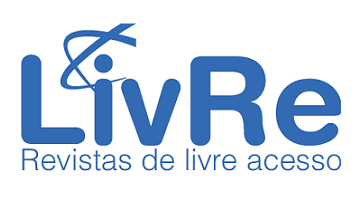BIOLOGICAL ASPECTS OF CERAEOCHRYSA PARAGUARIA (NAVÁS) (NEUROPTERA: CHRYSOPIDAE) FEEDING ON DIFFERENT PREYS
Keywords:
Insect biology, Scales, Agricultural entomology, Predators, AphidsAbstract
The green lacewings are found in many agroecosystems, preying on many species of plague insects, such as mealy bugs, aphids, whiteflies, mites, thrips, eggs and larvae of several species of Lepidoptera. They have great search capability, high voracity, and high reproductive potential. They are resistant to certain insecticides and easily created in laboratory, which makes them important in the context of biological control. Little is known about Ceraeochrysa paraguaria, although its description is not recent. This research has had the objective of studying biological aspects of the species fed on different preys. With C. paraguaria larvae feeding on Toxoptera citricida, Selenaspidus articulatus and Orthezia praelonga, larval period, larvae viability and number of prey consumed were determined. By the results it was possible to conclude that the most suitable prey for larval development was S. articulatus, which shows that this species has potential for its use in biological control of the pest.
Downloads
References
.











